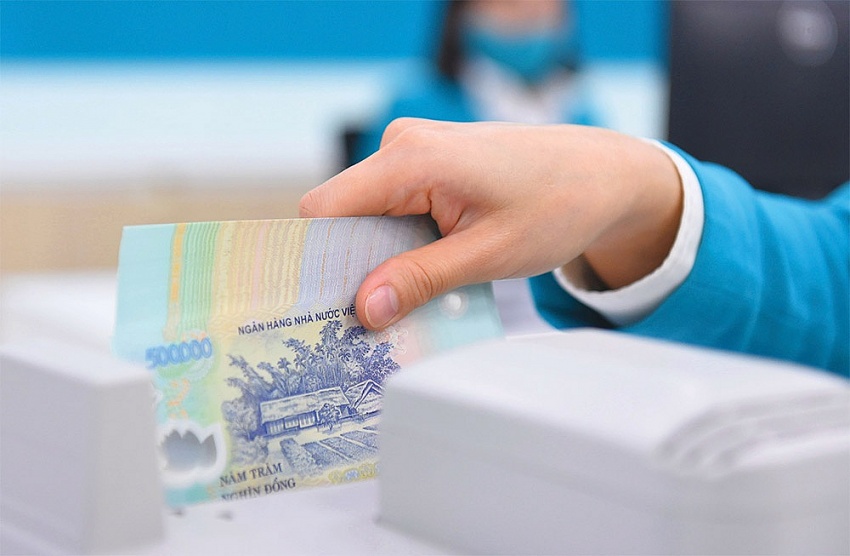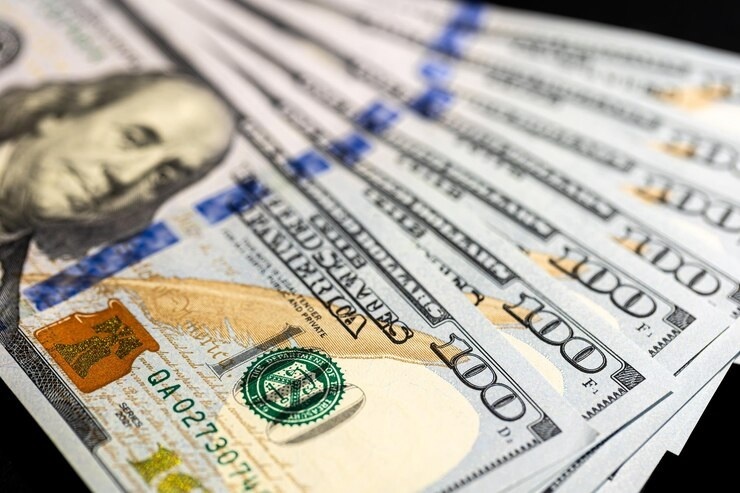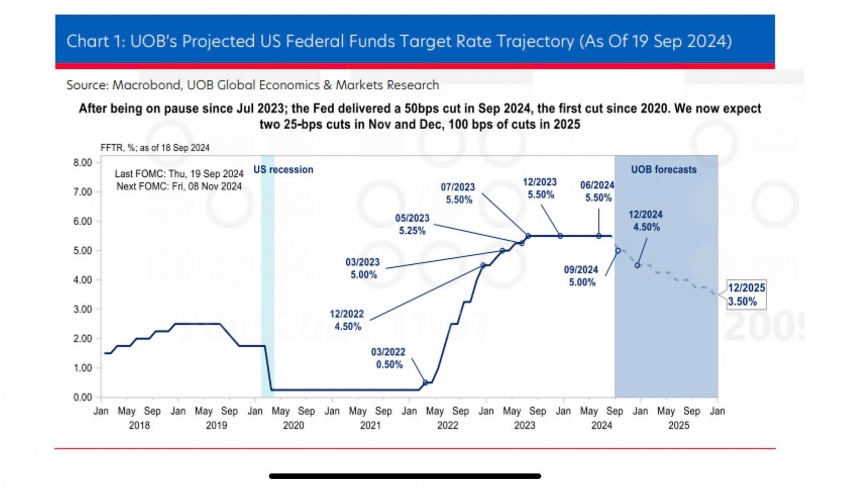Key sectors contributing towards state budget surplus
Key sectors contributing towards state budget surplus
The state budget has experienced a surplus so far this year, driven by an increase in revenue from export and import activities, rather than crude oil.

According to the General Statistics Office (GSO), in the first eight months of 2024, the economy recorded a $9.65 billion surplus in the state budget. Total state budget expenditure is estimated at $46 billion, a 1.9 per cent increase compared to the same period last year.
At the same time, total state budget revenue reached $55.65 billion, representing a 17.8 per cent rise on-year. Domestic revenues alone amounted to nearly $3.4 billion in August, bringing the eight-month total to $46.55 billion, up 18.9 per cent on-year, accounting for 83.64 per cent of total state budget revenue.
This reflects positive domestic production activities, with domestic revenues encompassing taxes, fees, charges, capital withdrawals by the state from economic organisations, state capital contributions in enterprises, revenue from land and water surface leasing, and sales of state assets.
“The index of industrial production (IIP) for August continued its upward trend, reaching 9.5 per cent on-year,” the GSO reported. “The IIP for the first eight months is estimated to rise 8.6 per cent on-year.”
Key sectors contributing to this growth include the manufacturing and processing industry, which saw a 9.7 per cent increase; the electricity production and distribution industry, up by 11.6 per cent; and the waste and wastewater management and treatment industry, which grew by 7.8 per cent.
PetroVietnam, the state-owned oil and gas giant, contributed nearly $4 billion to the state budget in the first eight months, up 6 per cent on-year and surpassing its eight-month target by 2 per cent.
“Enterprise confidence is improving, and the economy is gradually recovering, leading to increased contributions from businesses to the state budget,” the GSO said.
In the first eight months of this year, 168,100 enterprises were newly established and resumed operations, a 12.5 per cent increase compared to the same period last year.
Revenues from export and import activities also contributed significantly, reaching an estimated $625 million in August and $7.44 billion over the first eight months of 2024, marking a 16.2 per cent on-year increase and accounting for 13.3 per cent of total state budget revenue.
According to the Ministry of Industry and Trade, Vietnam’s import-export activities have been bouncing back, buoyed by recovering global demand. “Export orders have increased, contributing to the positive growth in the country’s trade activities,” it said.
Preliminary data revealed that total goods export and import turnover in August was estimated at $70.65 billion, up 13.5 per cent on-year.
For the first eight months of 2024, the total trade turnover reached nearly $511.1 billion, up 16.7 per cent on-year, with exports hitting $265.1 billion and imports at $246.02 billion, representing increases of 16.7 and 17.7 per cent, respectively. This has resulted in a trade surplus of $19.07 billion for the first eight months.
Despite these positive results, the GSO noted that the state budget could have been higher if revenues from crude oil exports had not decreased. Revenue from crude oil exports, all sourced from PetroVietnam, was estimated at $208.3 million in August, bringing the eight-month total to approximately $1.64 billion, down 2.6 per cent on-year.
PetroVietnam reported total revenue of over $23.64 billion in the first seven months of 2024, representing a 1 per cent on-year increase and exceeding its seven-month target by 31 per cent. The group’s pre-tax profit stood at over $1.2 billion, up 8 per cent on-year and surpassing its target by 75 per cent. PetroVietnam is expecting to generate total revenue of nearly $30.6 billion for the whole of 2024.
However, experts have warned that ongoing challenges may affect the state budget situation, leading to reduced revenue and a need for more fiscal support for both the public and businesses.
Earlier this year, the government set a target for total state budget revenue of $71.78 billion for 2024, including $35.98 billion for the central budget and $35.8 billion for local coffers. This is slightly lower than last year’s realised figure of $72.48 billion.
Additionally, $803.3 million that localities were unable to disburse for salary reform in the public sector last year will be reallocated for the same purpose this year.
Meanwhile, central budget expenditure for 2024 is projected to reach $51.7 billion, with nearly $18 billion allocated to supplement local budgets.
The government reported to the National Assembly that the 2024 state budget estimates were based on assumptions of 6-6.5 per cent economic growth and 4-4.5 per cent inflation. Tax reduction and exemption policies from 2023 are expected to continue this year.
The government is now expecting economic growth of around 7 per cent in 2024, driven by an uptrend in domestic production and exports continuing until the year’s end.




























